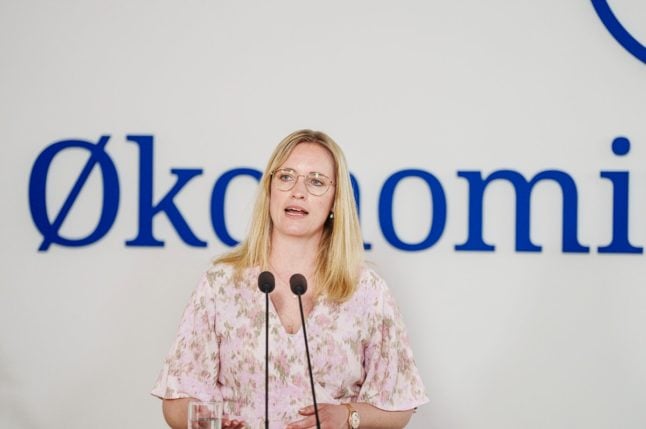The Danish central bank confirmed the decision in a statement after the ECB earlier on Thursday increased its rate by the same amount, bringing it up to 3 percent.
The latest raise is the sixth time within the last year that the ECB has put its interest rate up.
The new rate is the highest set by the ECB since the Global Financial Crisis in 2008.
The Danish National Bank’s interest rates are slightly lower than the ECB’s — 2.6 percent for deposits and 2.75 percent for loans following Thursday’s increases. That is because Nationalbanken increased its interest rates by 0.15 percent less than the ECB the last time the rates were raised, at the start of February. Similarly, it raised its rate by slightly less than the ECB in December.
There is nothing unusual about the Danish central bank’s decision to follow the ECB in raising the interest rate, however.
Earlier this week, Nationalbanken called for political measures to keep a rein on inflation as it said wage increases given to people under the Danish labour system in 2023 and 2024 could help to keep inflation levels up.
It also predicted house prices are set to fall by almost 10 percent this year.
One effect of raised interest rates is that people who have variable rate mortgages could find themselves paying more for their loans.
READ ALSO:




 Please whitelist us to continue reading.
Please whitelist us to continue reading.
Member comments